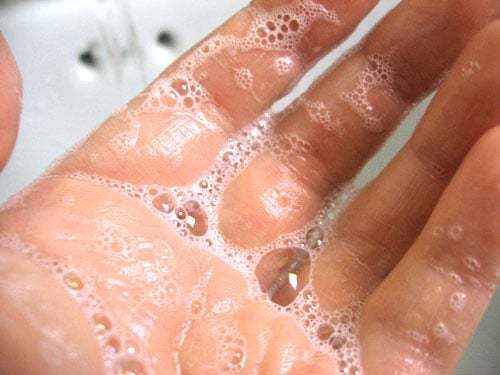The US Food and Drug Administration (FDA) has banned the sale of antibacterial soaps, saying industry had failed to prove they were safe to use over the long term or more effective than using ordinary soap and water.
The US regulator took action against 19 different chemicals and has given industry a year to take them out of their products. Around 40 percent of soaps — including liquid hand soap and bar soap – contain the chemicals. Triclosan, mostly used in liquid soap, and triclocarban, in bar soaps, is the antibacterial chemical most commonly used in US products.
The rule currently applies only to consumer hand washes and soaps. However, the agency is also reviewing the safety and efficacy of hand sanitizers and wipes, and has asked companies for data on three active ingredients — alcohol, isopropyl alcohol and benzalkonium chloride — before issuing a final rule on them.
The director of the FDA’s Center for Evaluation and Research said the many antibacterial and antimicrobial soaps may not have any health benefits at all. “Consumers may think antibacterial washes are more effective at preventing the spread of germs, but we have no scientific evidence that they are any better than plain soap and water. In fact, some data suggests that antibacterial ingredients may do more harm than good over the long term.”
“Consumers may think antibacterial washes are more effective at preventing the spread of germs, but we have no scientific evidence that they are any better than plain soap and water”
The FDA launched a review of the chemicals in antibacterial soaps in 2011 following research suggesting they might interfere with human hormones or compromise natural resistance to bacteria.
Professor Patrick McNamara, a US scientist who has conducted research into antibacterial soaps called the FDA’s decision “logical”, commenting that “ … after these chemicals are used in our homes they go down the drain to wastewater treatment plants and eventually to the environment where they can select for antibiotic resistance genes”.
The New York Times reported that some studies had shown that triclosan and triclocarban can “disrupt the normal development of the reproductive system and metabolism”.











